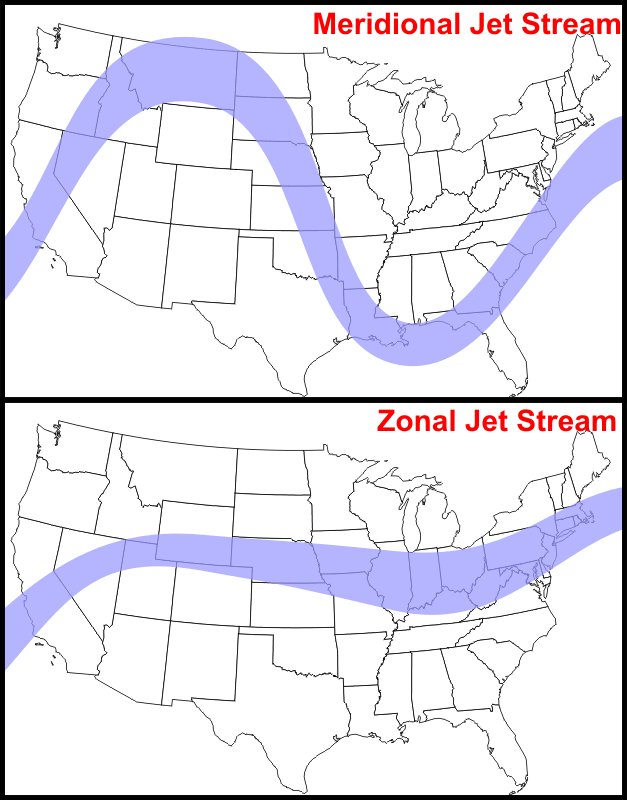Delta is tracking to the western side of the Gulf rather than New Orleans and the Mississippi delta, meaning LNG will continue to ship. From the National Hurricane Center:

We didn't post yesterday's storage report because the big story and driver of prices is the storm, shutting in some production while allowing exports is the exact opposite of the slightly bearish (larger than estimates) report.
Front (November) futures 2.735 +0.108
So here's the weekly update, followed by an interesting EIA Today in Energy blog post:
Natural Gas Weekly Updatefor week ending October 7, 2020 | Release date: October 8, 2020
In the News:
EIA forecasts increased consumption, lower production of propane in the winter of 2020–21
The U.S. Energy Information Administration (EIA) forecasts higher propane consumption and lower domestic propane production this heating season (October through March) in the recently released Short-Term Energy Outlook (STEO). For winter 2020–21, EIA forecasts propane consumption will average 1.13 million barrels per day (b/d), an increase of 50,000 b/d, and propane production will average 1.56 million b/d, a decline of 144,000 b/d compared with the previous winter.
Residential propane consumption can account for nearly 50% of all U.S. propane consumption during the winter heating season. The strongest predictor of heating fuel consumption is the number of heating degree days (HDDs), a measure of how cold temperatures are over a period of time. Based on the National Oceanic and Atmospheric Administration’s (NOAA) weather forecast for the coming winter, EIA estimates that U.S. HDDs will be 5% higher than last winter, which was a very mild heating season.
According to the American Community Survey, nearly 6 million households use propane as a space heating fuel, and EIA’s Residential Energy Consumption Survey identifies an additional 6 million households that consume propane as a fuel for other major appliances. Consumption by these households, many of which are located in rural areas of the Midwest and the Northeast, has increased this year as a result of greater energy intensity per HDD because people are spending more time at home to reduce the spread of the 2019 novel coronavirus disease (COVID-19). EIA expects propane heating demand in the Northeast and Midwest to be 8% and 5% higher than last winter, respectively.
EIA expects increased heating demand will more than offset reduced demand for propane as a petrochemical feedstock. Propane is also used as a fuel for drying agricultural crops early in the heating season. EIA expects grain drying demand to fall lower than last year’s level because corn crop maturity is on track with the five-year average and harvested grain moisture content will be lower than last year, requiring less drying in commercial grain dryers....
...Hurricane Delta is projected to make landfall in Louisiana tomorrow.
Hurricane Delta passed over Mexico’s Yucatán Peninsula yesterday. It
weakened from a Category 4 storm to a Category 2. As of yesterday, the
Bureau of Safety and Environmental Enforcement (BSEE) reported that 49%
of the natural gas and 80% of the crude oil in the Gulf of Mexico has
been shut-in. Several natural gas pipelines in the region have declared
force majeure ahead of Hurricane Delta, according to Natural Gas
Intelligence....
....MUCH MORE
And despite the expected rise in propane prices overall seasonal energy expenses are expected to remain flat:
Winter energy bills in the United States likely to be similar to last winter’s

....MORE
Finally temperature forecasts are seeing a blast of cold next week but it is followed by warming followed by cold, all because we are back to the meridional jet stream pattern similar to last December's:
"The market is trading off the cold snap and the cold snap is not going to last" because we are currently experiencing a meridional (north - south) jet stream that progresses in stately fashion from California to New York, alternating cold and warm:

The meridional pattern can set up a nice long-then-short-then long sequence in natural gas futures trading.
Except when it dips too far and you have Texas guzzling gas like Minnesota. Or if the pattern stalls and the warmth is delayed.
Or if it changes to a zonal pattern.